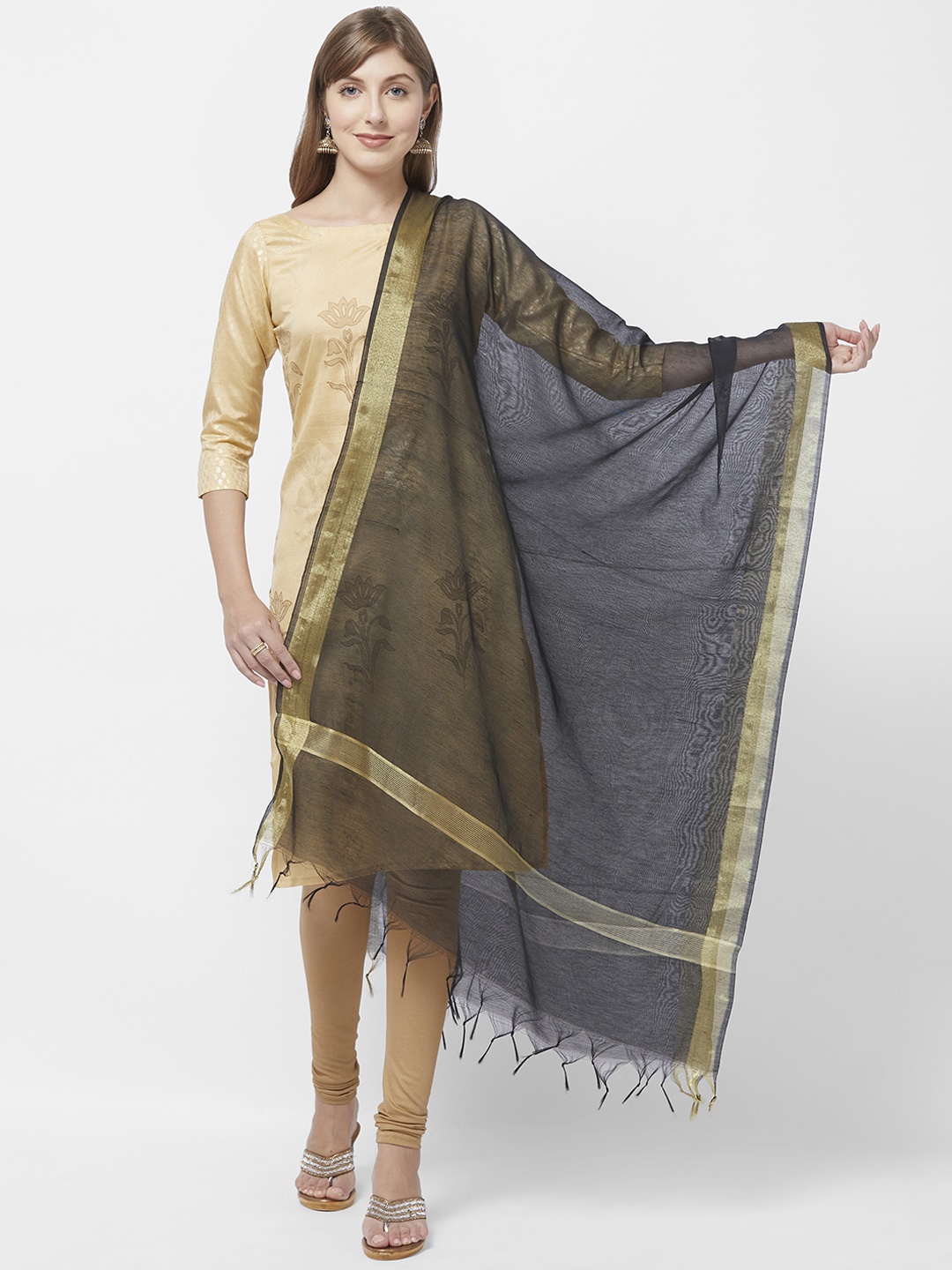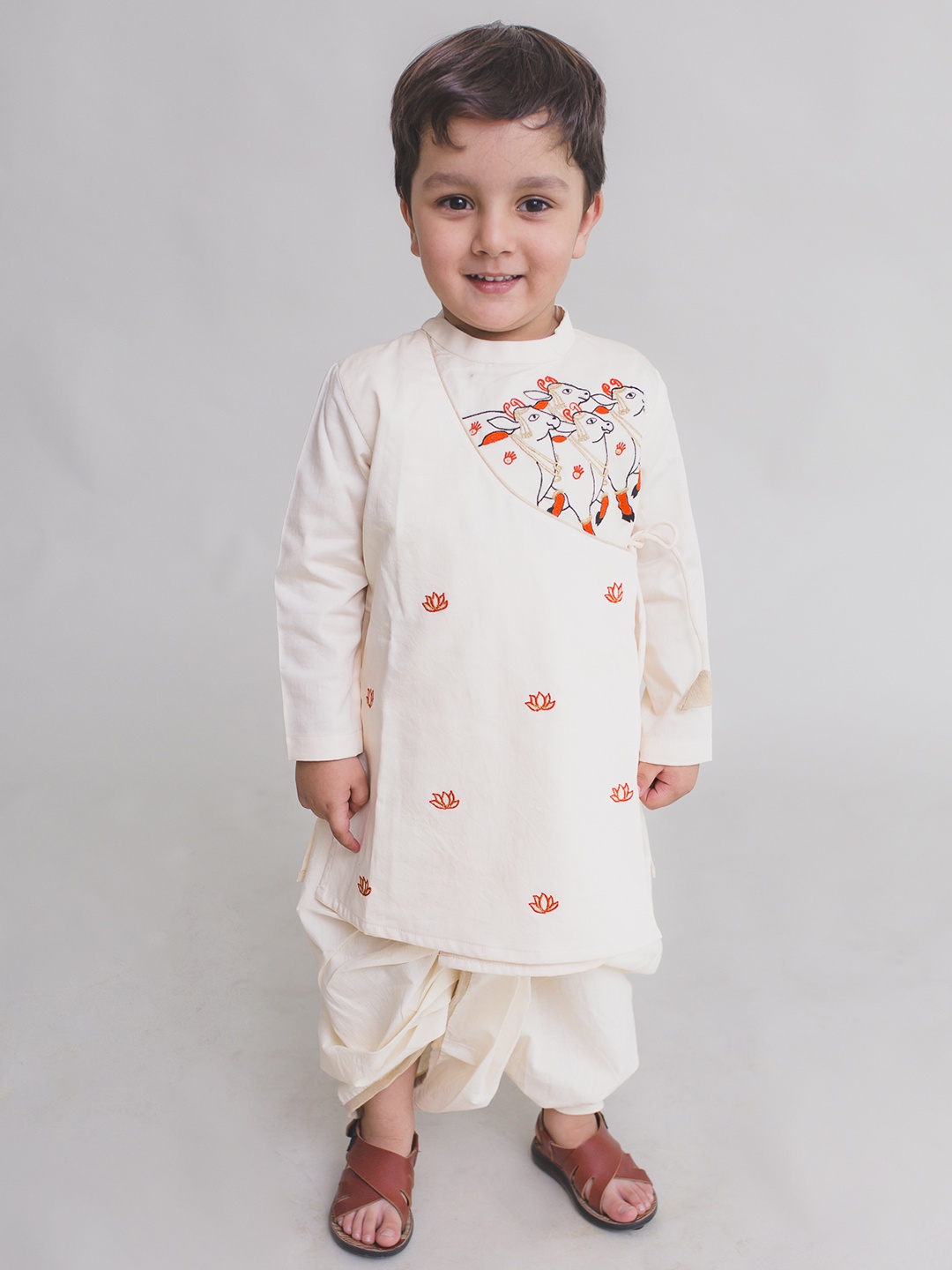How To Make Sarees Fall Perfectly All Day: This Anti-Static Petticoat Hack Is Simply Superb
A saree that clings and bunches up can turn even the grandest outfit into a day-long battle. Here is how to make sarees fall perfectly and this anti-static petticoat hack is the way to go.

Saree Day? Use This Anti-Static Petticoat Hack for a Flawless Fall All Day Long.
There's a special kind of confidence that comes from wearing a saree that glides and flows with every step. The pleats stand like soldiers, the pallu sways with grace, and the fabric caresses the body without sticking in awkward places. Yet, anyone who's worn one knows the other side of the story, static cling.
You start the day feeling like a vision straight out of a classic film, but within an hour, the fabric's stuck to your legs, your pallu's lost its flair, and the elegance you worked so hard for is now trapped under a stubborn layer of static. The culprit? That invisible zap that builds up between fabric layers.
The good news is, there's a hack for it. And no, it doesn't involve spending ₹2,000 on an imported fabric spray or changing your petticoat every season. It's a simple, home-friendly trick that can make any saree drape perfectly all day long. Here is how to make sarees fall perfectly and this anti-static petticoat hack is the way to go. Let's unwrap this secret, one pleat at a time.

How To Make Sarees Fall Perfectly With This Anti-Static Petticoat Hack; Photo Credit: Pexels
Understanding the Static Struggle
Static electricity is like that uninvited guest who appears just when everything is going well. It forms when fabrics rub against each other, especially in dry weather or air-conditioned spaces. Silks, chiffons, and georgettes are notorious for this.
The problem begins with the petticoat. Traditional cotton petticoats might breathe well, but they can be static-prone with synthetic or blended sarees. The constant friction between fabrics creates an electric charge, which makes the saree cling awkwardly to your legs.
And here's the sneaky part, static not only ruins the look, it also ruins the feel. Instead of a graceful sway, the saree starts hugging in all the wrong places. The solution lies in tackling the root cause, preventing the static from building up in the first place.
The Petticoat Material Matters
Most people don't think twice about the petticoat fabric. After all, it's hidden. But what's underneath can make or break how the saree falls.
For a perfect drape, opt for petticoats made with a satin or silky polyester lining. These materials create less friction, which means less static. They also allow the saree to glide over effortlessly, giving that luxurious, flowing look.
If a satin petticoat feels too warm for daily wear, try blending cotton with a smooth lining panel just on the front. This keeps you comfortable without sacrificing the drape. Some tailors even stitch a silk-like lining only at the lower half, where most of the static builds up.
The Secret Anti-Static Hack
Here's the game-changer: a simple anti-static spray made at home. Forget pricey imported products, this one costs less than ₹50 to make.
Mix 1 tablespoon of liquid fabric softener with 2 cups of water in a spray bottle. Shake well and lightly mist the inside of your saree and the outside of your petticoat before draping. The softener coats the fibres, reducing the friction that causes static.
It's gentle, smells pleasant, and works across fabrics, from heavy kanjeevarams to feather-light chiffons. The best part? It doubles as a quick refresher for old sarees that have lost their smooth flow.
Coconut Oil Trick for Last-Minute Rescue
No spray on hand? No problem. A pea-sized amount of coconut oil can work wonders in emergencies.
Rub a tiny amount between your palms, then lightly run your hands over the petticoat or underskirt. This leaves an almost invisible coating that calms down the static instantly. The bonus, it leaves a faint, nostalgic aroma that reminds many of festive mornings and grandmother's care.
Be careful not to overdo it, or you might end up with an oil patch. Less is definitely more here.
Also Read: Top 5 Sarees Under ₹1500 At Min. 30% Off | Ethnicwear Steals On Flipkart Freedom Sale
Petticoat Fit Is Everything
Even with the best fabric and hack, a poorly fitting petticoat can sabotage your drape. Too tight, and it causes the saree to bunch up; too loose, and the saree starts slipping.
The perfect petticoat should sit snugly at the waist without digging in, and it should flare gently towards the hem. This creates enough space for the saree to fall naturally. For heavier sarees, a drawstring is better than elastic, it gives adjustable security without digging into the skin.
Layering Like a Pro
Sometimes, the static problem isn't just between saree and petticoat, it's the air itself. In dry, air-conditioned settings like offices or banquet halls, static builds faster.
Wearing a thin slip or lining skirt between the petticoat and saree works like a barrier. Think of it as giving the saree an extra cushion to glide over. These slips can be made from smooth fabrics like rayon or lightweight satin, and they help the saree move with a more elegant sway.

Saree Day? Use This Anti-Static Petticoat Hack for a Flawless Fall All Day Long; Photo Credit: Pinterest
The Pinning Technique
While pins are mainly for securing pleats, they can also affect how a saree falls. Too many pins create tension points where static builds faster.
Use minimal pins, one at the shoulder, one at the waist. And always insert them through both saree and petticoat layers so the fabric stays in place without excessive pulling. This prevents the constant rubbing that leads to cling.
Choosing the Right Saree Finish
Some fabrics are simply more static-prone than others. Matte-finish silks, soft cottons, and washed crepes naturally behave better. Stiff, synthetic sarees may need more help.
If you're buying a saree you plan to wear often, consider getting it pre-washed or steam-treated by a good dry cleaner. This removes the excess starch or chemical coating that increases static.
Weather Wisdom
Humidity is a natural static killer. On monsoon mornings, you'll rarely face the cling issue. But in dry winters or over-chilled indoor spaces, it's a different story.
Carrying a travel-sized spray bottle of the homemade anti-static mix in your handbag can be a lifesaver. A quick spritz in the restroom can refresh the drape instantly before stepping into a meeting or onto a dance floor.
Longevity Through Care
Even the best hack works better when the saree and petticoat are cared for properly. Always store sarees loosely folded in breathable cotton bags. Avoid over-starching unless it's for a crisp cotton look, and wash petticoats with a mild softener.
Over time, fibres soften naturally, reducing static issues. That means an old, well-loved petticoat can sometimes outperform a brand-new one.
Products Related To This Article
1. TWIN BIRDS Women White Solid Nylon High Rise Stretchable Shimmer Saree Shape Wear
2. Soch Flared Drawstring Petticoat
3. Clovia Women Beige Solid Knitted Saree Shapewear
4. Klassik Women Solid Mid Rise Cotton Stretchable Saree Shapewear
5. De Moza Women Cotton Side Slit Saree Shapewear
A saree that flows beautifully all day is more than just fabric, it's confidence stitched into six yards. Static cling might be invisible, but its effect on grace is impossible to ignore. Thankfully, this anti-static petticoat hack is a simple, budget-friendly way to restore the magic.
Whether it's the silky lining, the homemade spray, or the emergency coconut oil trick, the key is to prevent static before it begins. The result? Pleats that stand proud, a pallu that dances with the breeze, and a day where the only thing turning heads is you, not a stubborn fabric clinging to your legs. Shop now on Myntra.
Disclaimer: The images used in this article are for illustration purpose only. They may not be an exact representation of the products, categories and brands listed in this article.

























